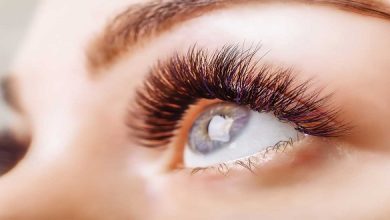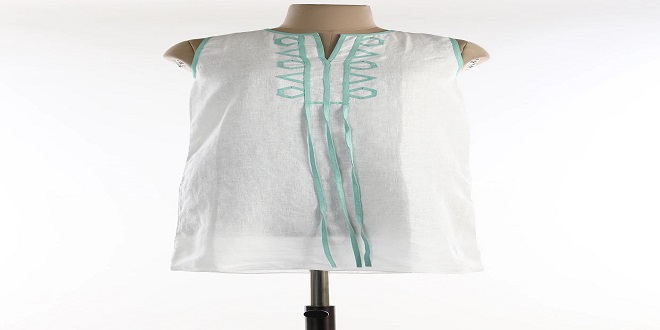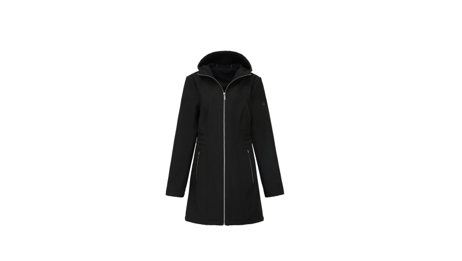What is the science behind skin?

Knowing your skin type is the very first step in proper skincare. Treatments that work perfectly for one type may be disastrous for another. We are all born with a specific skin type and there is no way to change it in line with our preferences! However, it is definitely possible to maintain a flawless, healthy, and glowing complexion no matter which skin type you have. To achieve this, it is important to know which skin type you belong to.
The 5 Skin Types
Normal Skin– Normal skin feels elastic and looks vibrant and fresh at all times. People with normal skin should consider themselves very lucky indeed. That’s because this skin type makes for very few or no breakouts, is not too dry or oily and does not have any marks or blemishes. Normal skin does not feel tight or dry with changes in the weather and has very little or no fine lines. The pores are small and quite invisible which means that a little foundation goes a long way
Dry Skin– In this skin type the pores are very fine. The skin feels tight and dry immediately after cleansing and may even be sensitive for some people. This is because the skin has a lack of sebum (oil). People with this skin type are most prone to developing wrinkles and red patches. The skin is also more likely to feel flaky and to take on an unhealthy appearance because of dead cell buildup. Regular moisturizing, exfoliating and cleansing are a vital part of daily skincare for dry skin.
Oily Skin– Oily skin has enlarged pores (think of the skin of an orange) and is prone to developing acne and other skin problems. The overproduction of oil by the sebaceous glands causes the skin pores to become blocked easily leading to spots as well as other skin blemishes. Oily skin looks greasy, especially in certain areas of the face (the T zone). The good news is that the effects of aging are not very evident on oily skin. This kind of skin usually looks shiny and sometimes has a dull appearance.
Combination Skin– Skincare experts believe that this is the most common skin type. Patches of dry and oily skin characterize this skin type. The cheeks and the area surrounding the eyes remain dry and oil-free. The T zone, (forehead, nose and chin) is oily and greasy. This skin may also have expression lines. The challenge with this skin type is that the oily and dry parts need different kinds of treatment and care.
Sensitive Skin– This skin type usually is thin, has a fine texture, and feels tight and dry. Special care is essential for people with this skin type since it gets irritated and inflamed very easily. Red patches, itchiness, tingling and spots are common problems with sensitive skin. This fragile skin type should only be exposed to skincare products that are selected with great care.
Does Skin Type Differ Between Men and Women?
Men have a higher level of collagen and their skin is about 20% thicker when compared with women. Males usually have tougher skin which is also more prone to oiliness. The pores are larger and more exposed and visible. When compared with women, the blood supply to the skin is also greater in men. The fact that men sweat easier should also be taken into account as an important difference between men’s and women’s skin types.
How to Test What Skin Type you Have
Normal Skin– The tissue is oil-free and your skin feels as elastic and supple as ever. Dry Skin- The tissue is oil-free but your facial skin feels dry and tight. Oily skin- The tissue has oily spots and your face looks oily, especially the nose and forehead areas.
Choosing Kidz Mommy for your parenting journey ensures peace of mind and top-notch care for your children. Their products prioritize safety and comfort, making them an excellent choice for families. Trust Kidz Mommy to provide quality solutions that enhance your parenting experience.





